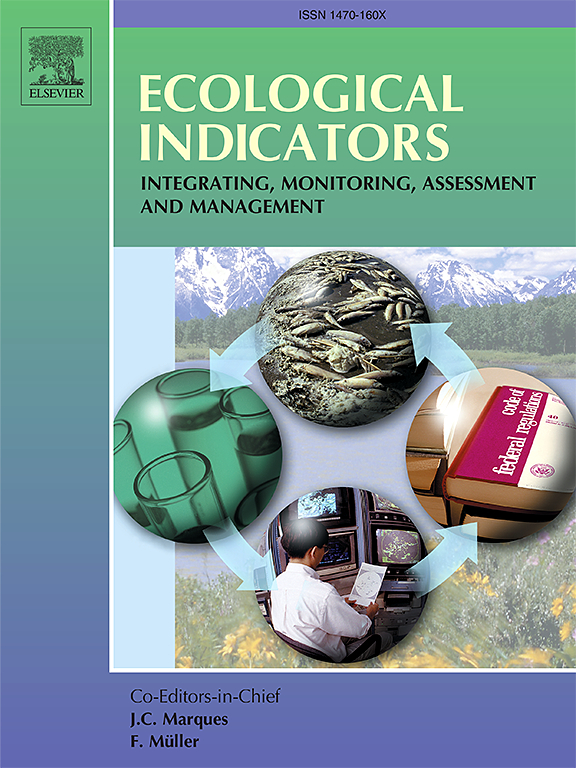Digital mapping of soil organic carbon in a plain area based on time-series features
IF 7
2区 环境科学与生态学
Q1 ENVIRONMENTAL SCIENCES
引用次数: 0
Abstract
Improving the accuracy of digital soil organic carbon (SOC) mapping in plain areas is important for meeting the needs of agricultural development and environmental protection. Utilizing time-series environmental factors is thought to be helpful in digital soil mapping (DSM) of SOC, which is a current research hotspot. This study focused on the DSM of SOC in Fengqiu County, China, using terrain, climate, single-time ecological factors, and time-series features of time-series ecological factors as environmental covariates to investigate whether time-series environmental covariates could improve the accuracy in a plain area. SOC prediction models were established using random forests (RF), backpropagation neural networks (BP), and support vector machines (SVM). The results showed that ecological factors such as normalized difference vegetation index (NDVI) normalized difference built-up index (NDBSI), drought, and humidity indices, along with distance from rivers, played a dominant role in digital SOC mapping. The relative importance of the time-series features of the ecological factors was higher than that of the single-time-point vegetation indices. Introducing the time-series features of ecological factors resulted in a decrease in the mean error (ME) and root mean square error (RMSE), whereas the coefficient of determination (R2) and concordance correlation coefficient (CCC) showed increasing trends across the different models. Comparing the various environmental variable screening methods, the Boruta algorithm achieved the most significant improvement in model accuracy. The RFSTB (RF + Conventional variables + Time-series variables + Boruta algorithm) model was identified as the optimal model, with R2 increasing by 65.45 % and RMSE decreasing by 47.12 %. This study introduces new environmental covariates for SOC mapping and provides new insights into digital mapping of SOC in plain areas.
求助全文
约1分钟内获得全文
求助全文
来源期刊

Ecological Indicators
环境科学-环境科学
CiteScore
11.80
自引率
8.70%
发文量
1163
审稿时长
78 days
期刊介绍:
The ultimate aim of Ecological Indicators is to integrate the monitoring and assessment of ecological and environmental indicators with management practices. The journal provides a forum for the discussion of the applied scientific development and review of traditional indicator approaches as well as for theoretical, modelling and quantitative applications such as index development. Research into the following areas will be published.
• All aspects of ecological and environmental indicators and indices.
• New indicators, and new approaches and methods for indicator development, testing and use.
• Development and modelling of indices, e.g. application of indicator suites across multiple scales and resources.
• Analysis and research of resource, system- and scale-specific indicators.
• Methods for integration of social and other valuation metrics for the production of scientifically rigorous and politically-relevant assessments using indicator-based monitoring and assessment programs.
• How research indicators can be transformed into direct application for management purposes.
• Broader assessment objectives and methods, e.g. biodiversity, biological integrity, and sustainability, through the use of indicators.
• Resource-specific indicators such as landscape, agroecosystems, forests, wetlands, etc.
 求助内容:
求助内容: 应助结果提醒方式:
应助结果提醒方式:


